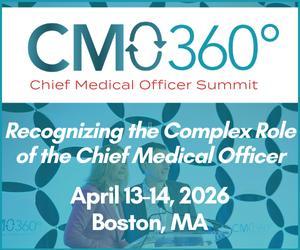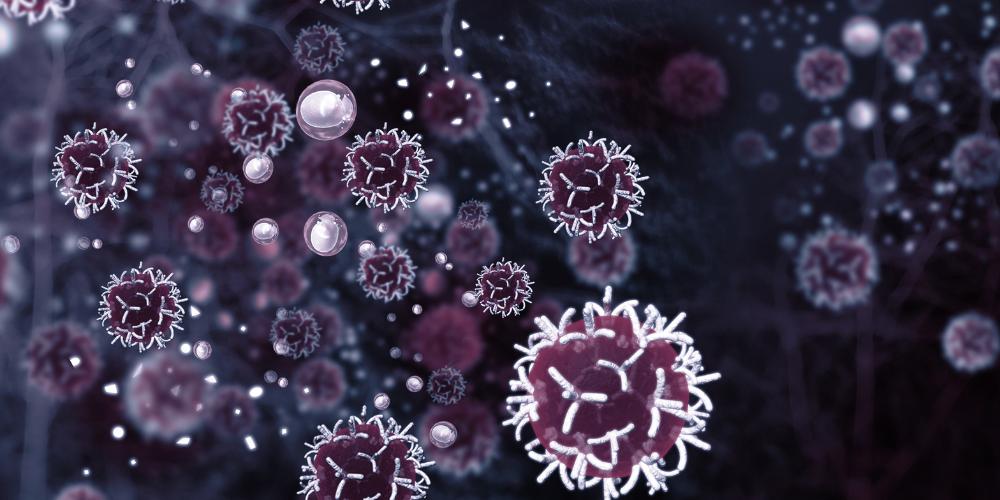How Circular RNA is Enabling In Vivo CAR Delivery and Reducing Patient Treatment Burden
Orna Therapeutics is pursuing in vivo delivery of CARs, which would eliminate the need for lymphodepletion and address the reliance of proximity to large cancer centers and the rising costs of cell therapies. Robert Mabry, PhD, Orna’s CSO, shares how Orna is using circular RNA for the next generation of CARs.

How is Orna using RNA to create therapeutics for cancer?
Using circular RNA, we’ve developed a platform we call isCAR™ for the in vivo delivery of CARs to immune cells. RNA is transient, but circular RNA, compared to linear mRNA, persists much longer in immune cells, specifically in human primary T cells. The hypothesis is that, in T cells, RNA degradation is predominantly driven by exonuclease activity. Since circular RNA doesn’t have ends, it’s not susceptible to this kind of activity.
Another differentiating factor is that we’re getting into multiple immune cell types: not just T cells but also natural killer cells and myeloid cells. If this is successful in hematological malignancies, we believe that hitting multiple immune cell types in solid tumors could have an even more significant advantage. That is because given the tumor microenvironment, some tumors are
T cell high or myeloid low, and some are the inverse.
What is the benefit of circular RNA over mRNA?
Apart from the half-life advantage mentioned above, mRNA is much harder to work with as a pharmaceutical than circular RNA. For example, at Orna, we can generate circular RNA up to 12 kilobases. We’ve actually been able to encode full-length dystrophin, which is unprecedented from an RNA standpoint. So the ability to deliver larger cargo via RNA can only really be accomplished by circular RNA.
Larger cargo spaces allow us to target multiple different antigens on cancer cells with one dose. The days of monotherapy are somewhat behind us. We're approaching complex biology and we need to think innovatively. So rather than having to combine therapeutics and drive up the cost of healthcare, multi-targeting can be a significant solution with the ability for disease intervention with multiple pathways.
"The days of monotherapy are somewhat behind us. We're approaching complex biology and we need to think innovatively."
What are the challenges of current cell therapies that an in vivo approach would alleviate?
First, there is an accessibility issue with cell therapy. Current cell therapy has to be done in cell therapy centers, rather than community cancer centers. Second, there is also a lag time of 4-8 weeks from apheresis/leukapheresis to actually getting the drug. This therapy would truly be off the shelf. And third is lymphodepletion for cell therapies.
The promise of allogeneic is there; the challenge remains with the persistence of those cells and being able to get more runway to avoid putting patients under iterative lymphodepletion protocols. It’s a significant hurdle for patients that is avoided with in vivo therapy because you need the immune cells of the patient to drive CAR expression.
Is there the same risk of cytokine release syndrome with in-vivo delivery?
The benefit is that expression is transient. For ex vivo auto/allo products, you deliver an amount of cells in which you can control the reaction but not how much drug is actually in the patient’s system after delivery. We have the ability to dose the drug appropriately, contingent on the responses that we're seeing from the patients.
It’s similar to T cell engagers in the bispecific space. When we administer the drug, we see expression in the immune cells that fades over time. We can then re-dose to manage CRS more effectively, with the potential to manage some of the complexities with tumor lysis syndrome more effectively as well.
How have you optimized the lipid nanoparticle delivery for circular RNA?
For our isCAR platform, we have a different delivery solution we call “immunotropic lipids.” We’ve engineered the ionizable lipid, which is one component of a four-component lipid nanoparticle. It has interactions with proteins that have a preference for uptake by immune cells. So when we deliver the lipid nanoparticle systemically, immune cells will take up our circular RNA and then express a CAR. Our approach differs from most strategies, where others are trying to target by adding a ligand or an antibody on the surface of the lipid nanoparticle.
"The promise of allogeneic is there; the challenge remains with the persistence of those cells and being able to get more runway."
Where do you see this having the greatest impact?
There are other CD19 treatments for lymphoma and leukemia patients, but half of these patients relapse. And more importantly, more than half of the patients who qualify for cell therapy treatment for lymphoma and leukemia don't get access to approved therapies due to issues with proximity. With the simplicity of our manufacturing, we have the opportunity to fill this gap and more, by reaching multiple immune cells.
Beyond oncology, there's a number of ways to deploy circular RNA LNP technology. We demonstrated the power of circular RNA in a recent partnership with Merck in infectious disease that was widely reported.
What are the challenges in cost that in vivo removes?
It’s very difficult to do combination autologous cell therapies because of the expense. Typically, you’re waiting for determination that the patients are responding, so delivering two CARs is very challenging. There are some studies looking at dual CARs – double lentiviral delivery – and that really drives up costs. The average cost for cell therapy is in the $400,000 range. Instead, we want to deliver multi-targeting strategies as a cell therapeutic. If we can demonstrate the same efficacy or better with in vivo approaches, it would be incredibly disruptive and a significant benefit to patients.
You're validating circular RNA in hematologic malignancies. What do we need to learn to make inroads in solid tumors?
The tumor microenvironment remains the biggest barrier. Taking a step back, we need to think holistically about what we need to do, in order to be successful in penetrating the TME. Multi-targeting is one. That includes cell therapies, recombinant proteins, and other potential agonists that would open up the tumor microenvironment. And in order to deliver the right coding RNA, you need flexibility in how to deliver multiple open reading frames.
Circular RNA in an LNP allows for a lot of opportunity to be creative, because there are so many ways to multiplex. We also need to better understand the role of different immune cell types. It’s good that we’re able to hit those cell types, like myeloid and natural killer, but the effect is not easily evaluated in tumor efficacy models.










